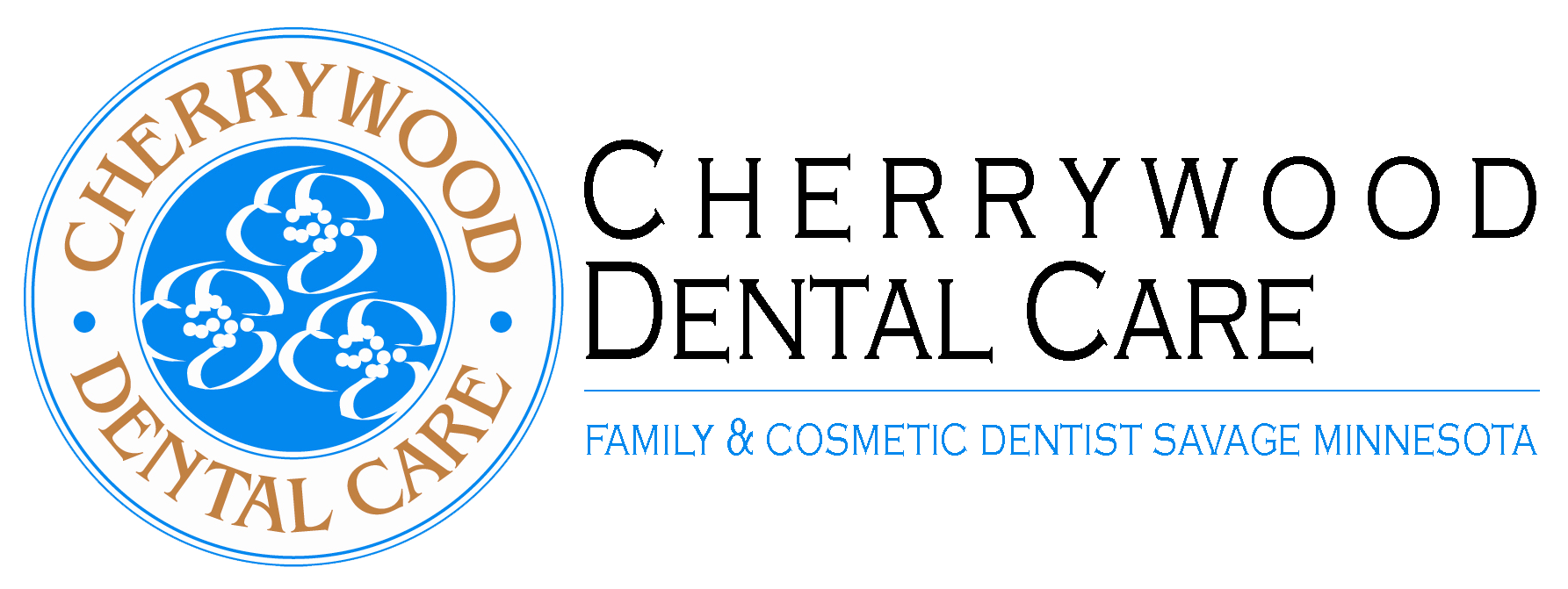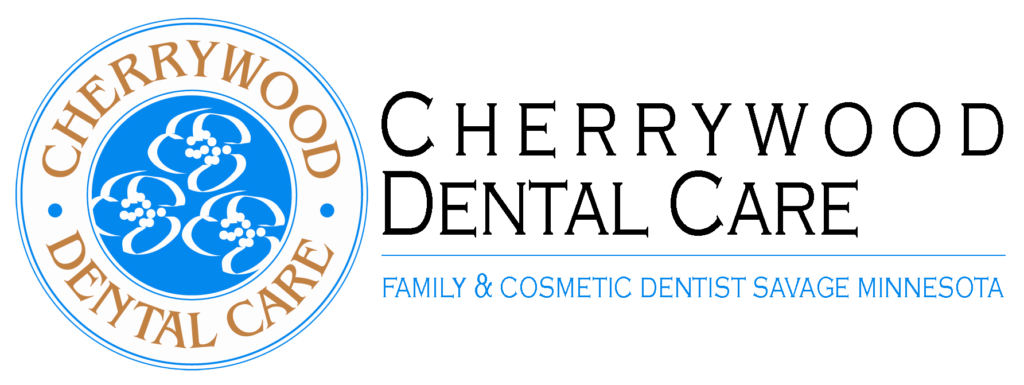Healing After Tooth Extractions
You and your dentist determined that a tooth extraction in savage was the best option for your dental health, you’ve had the procedure and now you need to know what to expect over the next 24 hours, 1-2 weeks, 3-4 weeks, and what to expect as the bone heals.
Your dentist will be the best resource when trying to manage your expectations of time away from work or school but there are some factors that will affect everyone’s healing time. Depending on the size of the tooth pulled, a molar versus an incisor, the tooth will leave a correspondingly larger or smaller wound once removed. Your personal medical history and genetics will play a part in your healing process. If you bruise easily or use tobacco regularly, then the extraction will take longer to clot and consequently heal. Usually, the younger you are, the faster you will heal from this surgery with less bruising, less swelling and less dental complications than older patients.
In the first 24 hours following the extraction, the bleeding should have stopped and a blood clot should be in place where the tooth was removed. The gum around the wound will be tender to the touch and the pain from the tooth removal should be subsiding. Alternatively, you can count on starting to see some swelling or inflammation on the side of the mouth of the extraction. This is your body sending help to heal the traumatized tissue. The best practice for most people is to take the day off from any straining or intensive physical work and if your dentist used IV sedation or general anesthesia, taking the day off of work or anything that involves concentration or critical thinking is going to prove to be helpful.
After the first and second weeks following your tooth extraction, you will notice the gums starting to close off the hole left behind. Compared to skin tissue or bone tissue, the gum tissue inside your mouth heals at a faster rate. The blood clot originally formed in the extraction site has transitioned to the beginning stages of gum tissue. The spot will still be sensitive and will bleed more easily that the surrounding gum tissue so take care to not poke or jab the site.
After the third and fourth weeks following your tooth extraction, the extraction site will be mostly new gum tissue and may show a slight indent where the tooth used to be. The site will be slightly tenderer to sharp-edged foods but should no longer be causing any pain or irritation.
When your tooth is extracted from your jaw, there is trauma to the jaw bone and this will take longer to heal than the gum tissue. The bone will start to heal after one week, nearly fill in the hole with new bone tissue by ten weeks and completely fill in the extraction hole by four months. Eight months after the extraction, the edges of the new bone should be flush with the old bone. The bone tissue will start to harden from week one to month eight.
More Information on Tooth Extraction : Tooth Extraction Cost

